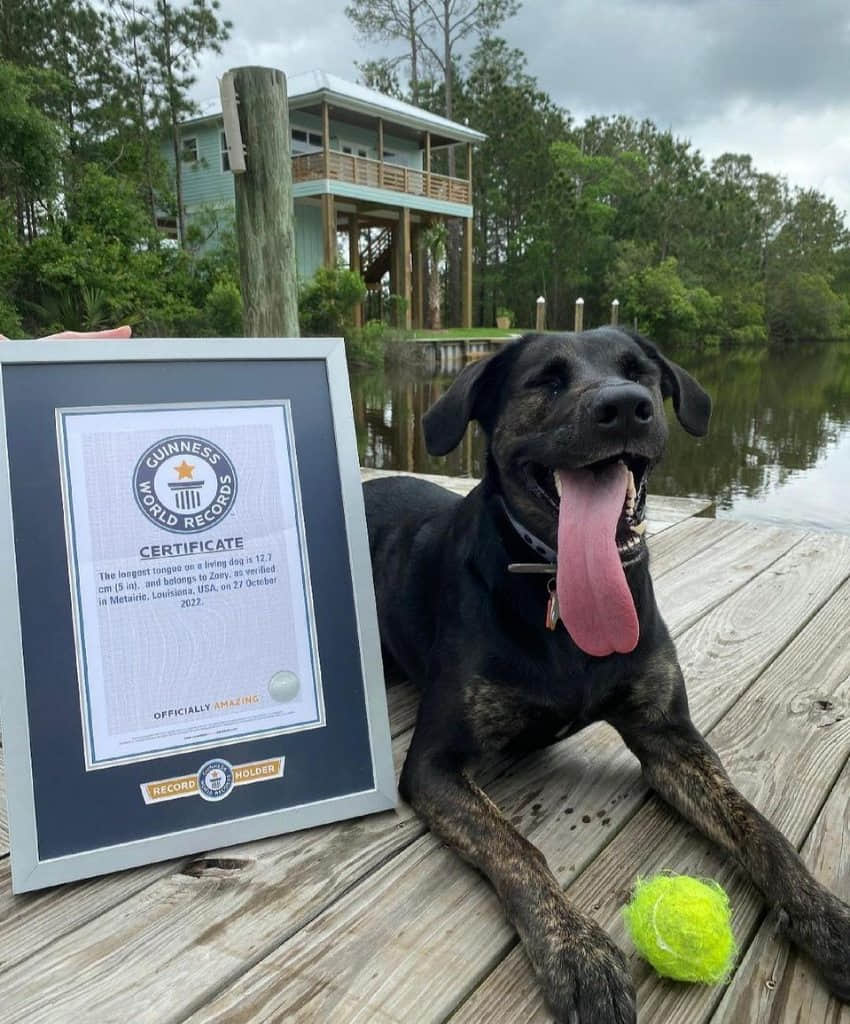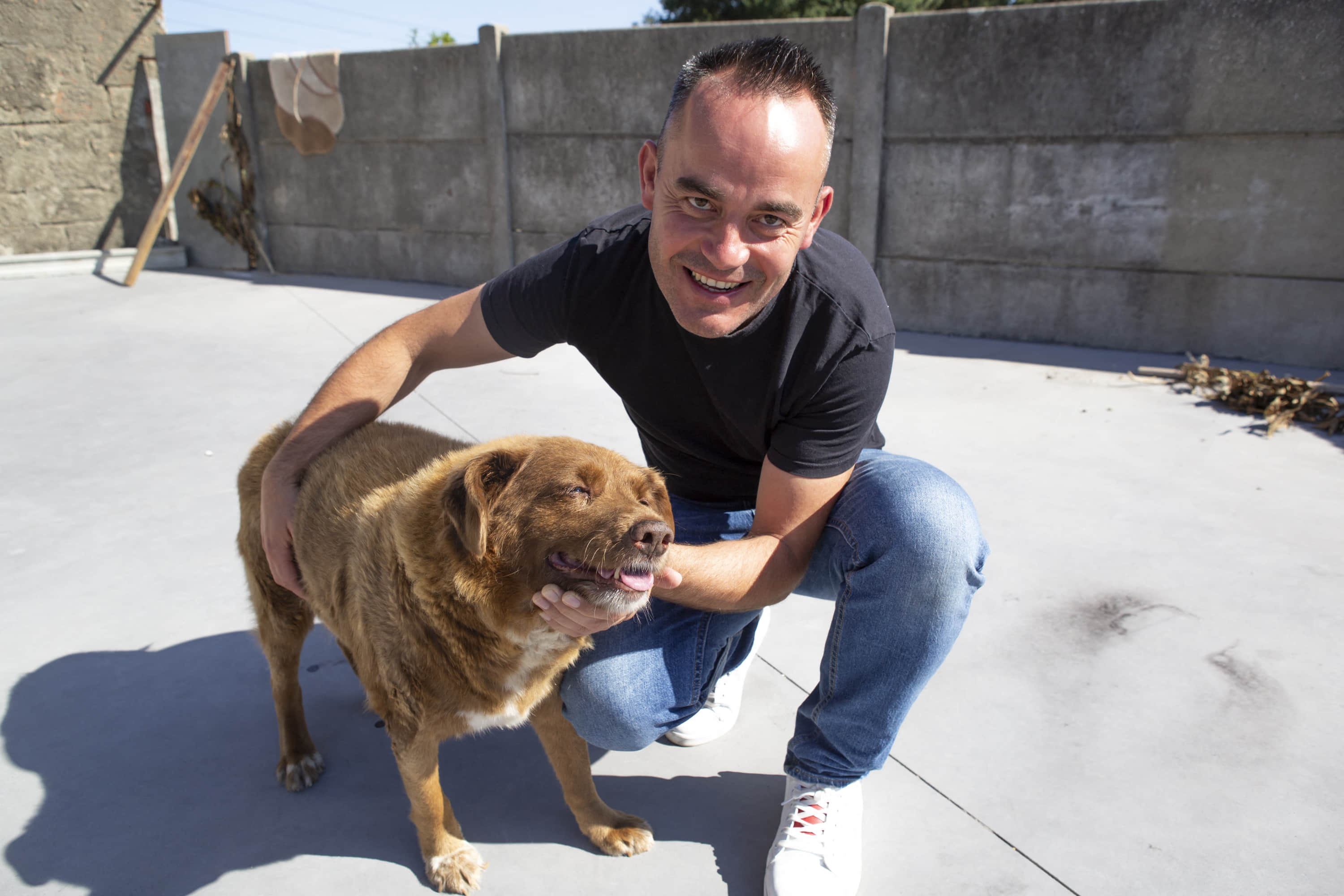The dog named Kajtuś started digging while walking with his owner near the city of Wałbrzych and found a jar filled with 12th-century bracteate coins.
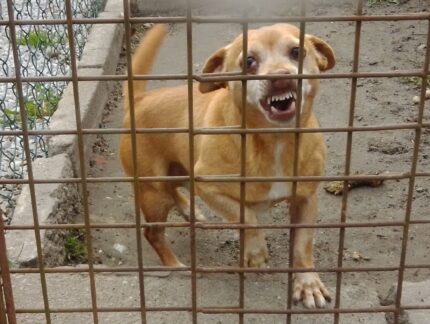
Kajtuś’s owner immediately realized the value of the find and informed the Wałbrzych branch of the Lower Silesia region’s heritage protection agency. The agency dispatched a team, including archaeologists from the University of Wrocław, to find out. They concluded that the discovery of these 13th century coins was the major discovery in more than 100 years.
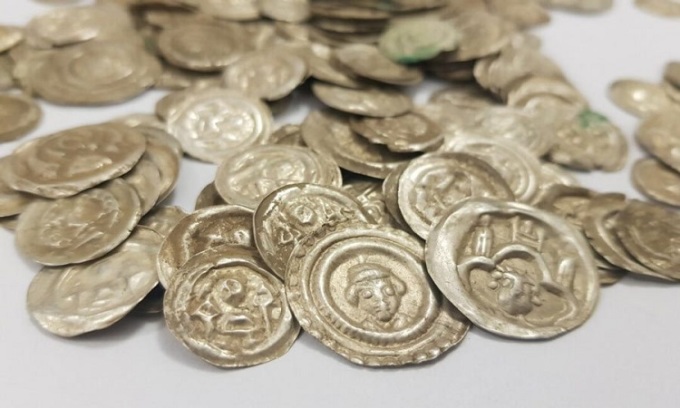
Bracteates are thin, single-sided coins that were used in northern Europe, especially Germany, Hungary and Poland. The coin was kept in a damaged earthenware jar. Experts say they date to the first half of the 13th century and were cast in Saxony (eastern Germany) or Silesia (an area including the Czech Republic, Poland and a southwest corner of Germany). What makes the find so rare is the sheer number of coins. In the Middle Ages, sometimes 2 – 3 new currencies were introduced into circulation in a year. Each time a new currency is issued, the old coins are melted down to mint new coins.
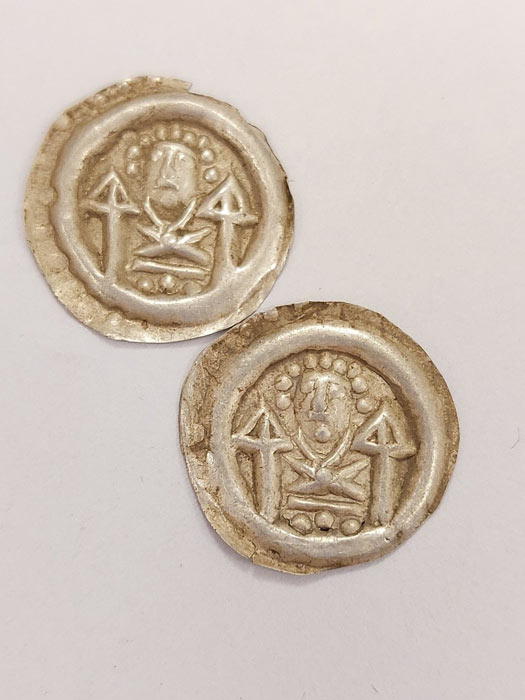
While the terracotta pot was destroyed, the coins retained their shape and the printing remained clear. The heritage protection agency explained the reason for minting such unusual coins was due to a shortage of silver ore. The idea of minting coins from a thin piece came from the scarcity of silver and gold ores. After silver mines were discovered at Kutná Hora near Prague in the early 14th century, the bracteate was gradually replaced by the Prague groschen. The groschen became very popular in central Europe during the Middle Ages due to the high amount of silver in the coin.

After careful examination and conservation work, all the coins Kajtuś discovered will be put into the museum.



